
If everything goes to plan (what with the ‘until death do us part’ bit, and all), most people only get married once. And even if someone gets married multiple times, a wedding day is a pretty big deal. A lot of people spend a frankly ridiculous amount of money on getting married too, so they are keen to be able to re-live the moments as often as they like to.
Every reasonably enthusiastic photographer eventually gets asked if they wouldn’t mind photographing a wedding. That, my good friends, should be your cue to run. Run for the hills, run for the bus, run for you life, just get the hell out of there. Leave it to the professionals or those with worse judgement than yourselves. Just don’t do it.
Ah, what am I saying, as if any of you were going to take my advice on that point anyway. Right – so if you really have to do a set of wedding photos, remember rule number 1: Get it right. No, seriously. Get it right the first time. Don’t screw it up. It’s a big deal.
To help me convey quite how big a deal it is, I’ve got some help from the amazing Tom Wicky, who has taken some mighty fine wedding photos in his time.
Isn’t it just portraiture on steroids?
 Well, yes, sort of – Wedding photography is a lot like most portraiture: Your job as a photographer is to capture people. Capture the spirit of the events, the tears and laughter, and the raw, sheer emotion that comes bubbling to the top whenever two people get married.
Well, yes, sort of – Wedding photography is a lot like most portraiture: Your job as a photographer is to capture people. Capture the spirit of the events, the tears and laughter, and the raw, sheer emotion that comes bubbling to the top whenever two people get married.
It’s more complicated than that, though.. “Wedding photography is different than most types of photography because there are no retakes.”, Wicky explains. “Sports photographers know the pressure I’m talking about. In fact, wedding photography gets me in to a very similar state as sports. As a former swimmer, I get the same butterflies/nervousness in the church as I did on the starting blocks.”
And he’s not wrong – there’s something magical and awesome about wedding photography: you get to see people at their most intimate (okay, perhaps they get more intimate later in the evening. About as intimate as they’ll get with their clothes on), but the moments are very, very short indeed, and if you miss them, they’re done.
When I photographed my very first wedding, I was absolutely bricking it, never been so nervous in my life. What if my camera fails? (I brought a spare). What if my autofocus didn’t work? (I shot the whole thing on manual focus). What if my memory cards got corrupted? (I went out and bought some very expensive SanDisk Extreme cards to safeguard against that). What if… What if… I couldn’t sleep the night before.

Stealing a glance by Photocritic.org on Flickr
In advance, I’d met the bride, who was a friend of my then girlfriend, and seemed nice enough. Then I met the groom, who was a friendly guy indeed. But then I met the parents, who were intimidating, including a mother who, during the 20 minute introduction, managed to ram home ‘this is a once in a lifetime experience, you know, I’m very worried that you’ve never photographed a wedding before’ about seventy eight times.
Wicky experiences weddings much in the same way: “I even have a pre-shoot ritual like in swimming that I do to get ready for the event to get my mind clear and focused. It sounds nuts, but if you’ve every been lead on a wedding gig, you know the butterflies and sweaty palms I’m talking about.”
But don’t let me scare you out of it, because – as with every other harsh test of reality you’re likely to come across – there’s gold at the end of the rainbow. “Funny thing about weddings is – and here’s the good part – when all is said and done, all the wonderful food, dresses, the location, the atmosphere, the huge budget… it will all slowly fade over time… only the pictures will remain”, Wicky explains, and summarises in a few words how I feel about wedding photography: “I’m proud and honored that people trust me to record these memories for them.”
Formal wedding photography
If you get over the first hurdle, and you’ve decided that, yes, it’s worth going through all of this, then you’ve got another barrier to scale: There’s a lot of etiquette and expectations around wedding photography. I’ve shot one formal shot where I was asked to reproduce the bride’s parents’ wedding photo from the early 70s – both of them standing on a stairway, one step up from each other, in glorious 1970s dresses. It sounds god-awful, but the result was bloody awesome, because it meant something, and they both wanted to nail this one particular shot. I’ve done other photo shoots (thankfully not as part of wedding shoots) where the well-meaning art director had a brilliant idea which Just Didn’t Work – because one of the models was too tall, and another model was wearing a skirt where (I’m sorry there’s no truly polite way of saying this) there was no way of photographing her without showing off her girly bits.

Till death do you part by Photocritic.org on Flickr
Anyway, do excuse my rambling – the point is, as Wicky points out, that “at first glance it appears that the photographer is limited in creativity. Every has seen the stereotypical bossy obtrusive wedding photographer, who all get the same shots. It’s like getting your picture taken for your high school yearbook – but you don’t have the text or your senior quote to set yourself apart.”
As for myself, for one of the weddings I photographed, I was approached by the bride’s mother, who had a neat Excel spreadsheet with a list of the shots she wanted – 45 of them. Of which 30 were various combinations of ‘bride, groom, family member A who doesn’t like family member B’, followed swiftly afterwards by “… and family member B and C who can’t be seen in the same photo as A”. I got through it (and subsequently – most unprofessionally, I admit – drank a prodigious amount of strong brandy from the free bar to get over the ordeal), and vowed never again.
Don’t get me wrong – wedding photography can be lucrative business, a lot of fun, and perhaps even both – but your biggest strength as a photographer will always be to know your weaknesses. Me, I’m not much for patience, and I much prefer doing things my own way, so I can’t give much advice on the formal shots.

Stolen kisses by Photocritic.org on Flickr
But seriously – think about it this way: you were asked, chosen, or blackmailed into doing wedding photos for a reason, right? That reason is probably that they like your photos, not that they want you to operate as a technician. The key thing is to be clear, frank, and upfront about this with the bride and groom: Tell them clearly what you can and can’t do (and what you will and won’t do, even if you can), and then it’s up to them to decide whether you’re the right photographer.
As my favourite wedding photographer Wicky puts it: “I think as photographers, all this parity in the marketplace is the opportunity to set yourself apart”. Amen.
Documentary style wedding photography
 Most of the weddings I’ve photographed have been 90% documentary style (as in – everyone, please get on with what you’re doing, and please ignore the camera altogether). I guess perhaps that’s why I was drawn towards Wicky’s style as well, as it’s similar in philosophy (As he puts it: “I like to think of my photography as natural and intimate. My best shots are emotive with a journalistic, street photography edge to them.”), yet quite dramatically different in execution.
Most of the weddings I’ve photographed have been 90% documentary style (as in – everyone, please get on with what you’re doing, and please ignore the camera altogether). I guess perhaps that’s why I was drawn towards Wicky’s style as well, as it’s similar in philosophy (As he puts it: “I like to think of my photography as natural and intimate. My best shots are emotive with a journalistic, street photography edge to them.”), yet quite dramatically different in execution.
Right: Trash the Dress by Tuffer on Flickr
So, how do you shoot ‘documentary style’? I find that it’s useful to let everyone know what you’re doing, and why you’re there: That you’re taking photos, but that you just want people to ignore you. At first, this is a little bit tricky for people to accept, but the trick is to shoot a lot of photos in the beginning of the event – even if you don’t see anything worth photographing. Once the initial edge wears off, people become more off-guard, they get used to the incessant clicking, and you are able to blend in much better.
Once people are used to your presence, the time has come to do what you do best: Observe.

The Bridesmaids by Photocritic.org on Flickr
Wicky explains it best: “I get my best photos by looking for things and observing things that most people miss. Whether that is a pattern in the audience, a background hiding somewhere, interesting lights sources or color arrangements – I try to exploit these differences so my work stands out from other photographers.”
Wedding photography, like portraiture, is a constantly changing landscape where people are the chief ingredient. Observe, and you’ll find the most amazing pieces of theatre playing out right in front of you – all you have to do is to catch a sixtieth-of-a-second slice of the action.
The key is uniqueness – every wedding is different, and so every set of wedding photos will be special, unique, and exciting. But you’d be amazed at how much of the photographer you see in the photos. “It is very hard to get shots that truly differentiate themselves from my competitors”, Wicky muses, “but that, make no mistake, is the goal.”

Photo by Tom Wicky
Play to your strengths – I, for example, have a lot of experience with doing live gig photography, and so I feel most at home with a long, fast zoom lens (my preferred weapon is a 70-200 f/2.8) or a fast prime (I’ve been using a cheap-as-chips 50mm f/1.8 so far, and can’t wait to put my new 50mm f/1.4 in use, if I’m ever invited back to photograph anyone’s wedding, but that’s a story for later in this article)
In short, if you’re used to working in a studio, then set up a makeshift studio. If you prefer high-ISO, tricky-light situation shots, then stick to that. By all means, get creative and explore, but ultimately, someone else’s wedding is probably not the right place to try out a new lens. As Wick illustrates: “I wouldn’t know what to do with a softbox or an umbrella if you gave them to me – besides the obvious.”, and so he has the wisdom to just leave them be.

Photo by Tom Wicky
Is that a Canon in your pocket…
When it comes to equipment, you have to be quite clever, but ultimately, if you’re comfortable shooting street-style with a Leica M-series, if you love shooting film instead of digital, if you think it’s a wise idea to shoot a wedding with a Lomo (and, I guess, if your bride and groom agree), then have at it, and knock yourself out.
The most important thing is comfort: You don’t want to pick up a hired top-of-the-line Canon digital SLR only to discover that it’s too heavy for you to operate comfortably, or set out to take a set of photos with a lens that turns out to be too wide (or too much of a tele, for that matter).

Father and Bride by Photocritic.org on Flickr
Personally, I shoot weddings – as already mentioned – with whatever Canon EOS dSLR body I’m currently using (right now, a 450D because I’m not working professionally at the moment and my 30D wasn’t too fond of being dropped from a great height), my 70-200mm f/2.8 lens and a fast prime. I’m itching to photograph a wedding where the starring pair are willing to let me experiment with a Lensbaby – which could cause some absolutely awesome photographs, but may also end up with a load of photos that are a little bit too wacky to be useful, and I haven’t been brave / stupid enough to try.
Wicky shoots with a Canon 5D MarkII and a Canon 450D, with a variety of Canon L-series lenses.
Top 10 wedding photography tips
Tom, who has far more experience than me in all of this wedding photography lark, helped me put together Photocritic’s top 10 tips of type absolute golddust – if you take away nothing else from this article, go ahead and memorise these – they’ll come in handy some day, I promise:
1 – Create your own style
Be yourself. Post authentically. Don’t try and be someone you are not. Find a style and vision that is your own. Make sure it matches what you believe in and stick to it. Study others but let that influence translate into your work and push your work to a new level.
If you don’t have a style yet – keep shooting! Following on the sports metaphors, the more at-bats you get, the more time you spend on the range, the better you know your equipment, the better your results will be.

Make a Wish by Photocritic.org on Flickr
2 – Build your portfolio
When starting out it is vital to gain experience, so build your portfolio carefully. It is a bit of chicken or egg dilemma but eventually someone will let you shoot their wedding for free. Once you have one, use that work to get another one.
At first, look for unique weddings (e.g, exotic locations, ethnic weddings, unique style of wedding, etc.) to shoot – this will allow you to distinguish your work more easily. Be prepared to shoot many wedding for free as you build your portfolio. When you have enough excellent shots, put together your portfolio and begin telling your story.

Dance little sister by katialo on Flickr
3 – Use color
Many ‘experts’ insist on B&W and many clients will tell you they only want B&W – I don’t buy it. At times will B&W give a better feel? Sure. But not always. Use color as an additional element in your work. Watch how the light hits colors in your frame and capture it. Look for patterns in colors or color sequences and see let them work for you…you can convert to B&W anytime.

Touched by Photocritic.org on Flickr
4 – Use the internet
I can’t imagine building a wedding photography business without it. The internet is a great equalizer. it let’s you broadcast your message, your style, and your work just as wide and far as the other professionals in your field.
Leverage Twitter, Facebook and weddings sites where potential customers hang out online. Build a blog and update it often with valuable information. Spend time and energy in building your online portfolio – this is your virtual handshake and look in the eye. It better make a good first impression.
 5 – Use a Second Photographer
5 – Use a Second Photographer
As there are no timeouts and no retakes, consider using a second photographer. Be sure you can work with him before jumping into a partnership. It is very important his style meshes; if his style is highly post-processed with studio lighting and equipment – probably won’t mix well with your handheld photojournalistic style.
Right: A Bride by Neona on Flickr
6 – 3 G’s – Get Good Glass
Lenses – buy the best glass possible. Digital cameras might be the biggest marketing hoax in the history of marketing – buy the glass. Going from standard kit lenses to professional series lenses is a watershed change in quality. Forget megapixels, forget sensor size – it’s all in the glass boys and girls…
If you can’t afford Canon L-series (or whatever Nikon’s top-of-the-line equivalent is), try using high-end Sigma or Tamron lenses (their cheap lenses are even worse than Canon’s own kit lenses, but the top-end stuff is 90% as good as L-series glass at 40% of the cost). Failing that, buy yourself a couple of nice prime lenses.
7 – Be Ready
Adrenaline junkies apply here. You’ll love shooting weddings. You should always be ready to shot – keep your finger on the trigger – you never know when the shot of the wedding is coming. Without fail, the shots that are the best are never the ones you think they are or going to be. I almost always find them when searching through pics afterwards….
8 – Know your bride
Well, yes, and the groom as well. Getting to know your bride/groom/wedding party is critical. The better you know them, the more comfortable they will be with you and the easier time you will have make them at ease and getting your shots. As you get to know them, you will feel more and more comfortable moving them around and asking them to try different things.
Most importantly you will be more likely to get authentic, true emotion. Like here:

Photo by Tom Wicky
If I had not been on good terms with this wedding party – I never could have gotten them to light up like this. That emotion makes the shot.
9 – Be Prepared
Go to the venue(s) ahead of the big day, get them to provide you with a brief about who the key people are (Bride and Groom are obvious, but can you tell the groom’s mother from the groom’s mother’s best friend?), and find out if there’s any issues or frictions you should be aware of. I (Haje) once screwed up really badly in one wedding by asking the groom’s mother to pose with the groom’s father – only to discover that they hadn’t been married for 20 years, had gone through a deeply acrimonious break-up, and scarcely were able to stay in the same room together. Needless to say, the photo didn’t come out very well.
The last wedding I did – for a good friend of mine – I didn’t actually make it to the wedding ceremony in time. I blame my satellite navigation system, London Traffic, and the weather, but nonetheless: If you think it may take you 5 hours to get somewhere, plan 10 hours. There’s absolutely no excuse for not showing up at least an hour in advance – in fact, I’m damn lucky they’re still talking to me.
10 – Visualise
Would you let you shoot your own wedding? If the answer is ‘no’, then don’t even embark on this particular adventure – but if it’s ‘yes’ – how would you shoot it? What would you want to have photographed? Which of your guests would you definitely want to appear in the photos somewhere?
Go on, storyboard the top 10 photos you’d like of your own wedding – and then do the same for the wedding you’re about to do. Whatever you do, don’t show these storyboards to anyone, but the process of putting them together will go a long way towards thinking up new ideas ahead of a photo shoot.

Walking down the aisle by Photocritic.org, on Flickr
Recent favourites
So, of course, between Tom and myself, we’ve got a couple of favourites up our sleeves.
Tom knows what his recent top shot was… “My favourite has got to be this one from the mountains in Austria. We were in a little village in the middle of the Austrian Alps. The church we were in had no heating and was poorly lit. Outside, the fog rolled in the morning of the wedding and was thick as soup. I was worried I might not get 10 ‘keepers’ from the entire job. But about 10 minutes after the church ceremony ended, a crack of sun broke through the clouds. The ray of sun was there for literally 5 minutes. I quickly got the bride and wedding party out behind the church in the snow and the outcome was magical. The white dress on pure white snow with a peek of sun through mysterious clouds was truly a once in a lifetime shot. The bride and groom were thrilled.”

My shot has a similar story behind it – this is by far my most favourite wedding shot I’ve ever taken. They wanted some photos done in a field with sheep (they’re both from Texel in the Netherlands, which is famous for sheepswool). All the way at the end of the shoot I had an idea – which came perfectly true in this shot. Needless to say, they loved it.

I pronounce you… by Photocritic.org on Flickr
About Tom Wicky
Tom’s love for the lens developed in 2001 over a six-month trip through Europe when his Canon 2-megapixel beauty was his only currency. His days consisted of documenting his travels and finding creative ways to offload images from his 128MB CF card in remote places that had never seen a digital camera before.
Tom is the publisher of popular photoblog ZoomVienna - a photoblog detailing his life as an expatriate living in Vienna, Austria. In 2005, Tom captured an image a day for a year documenting a year in his life on the road. Since then his works have appeared in various travel books and magazines, music CD covers, textbooks, and in United Nations brochures. National Geographic considered ZoomVienna a top photo resource on Vienna in its November 2008 issue.
Tom brings his vibrant street photography style to weddings which allows him to cover different angles than those typically seen from other traditional wedding photographers. Although happy to shoot the compulsory ‘formals’ of the wedding party, he prefers to blend in with the guests letting his photojournalistic style document the action as it unfolds. Check out his website – Tom Wicky Photography, or find him on Tom can also be found at tomwicky.com, zoomvienna.com and on twitter!
Do you enjoy a smattering of random photography links? Well, squire, I welcome thee to join me on Twitter -
© Kamps Consulting Ltd. This article is licenced for use on Pixiq only. Please do not reproduce wholly or in part without a license. More info.





















 9 - Use props! Are you a dad and a rocker?
9 - Use props! Are you a dad and a rocker? 















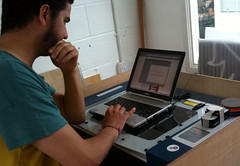
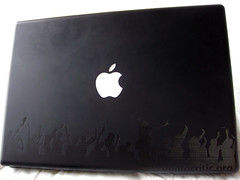

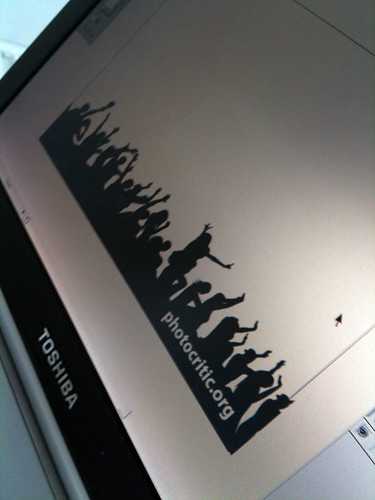
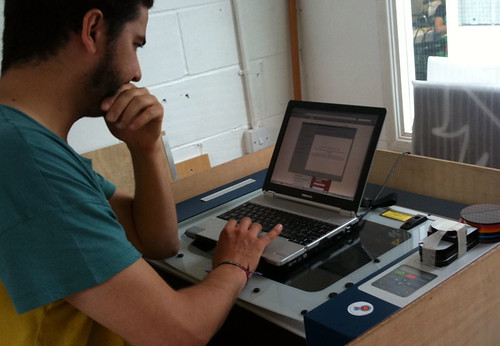
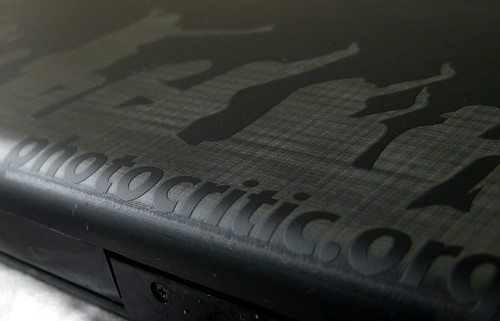
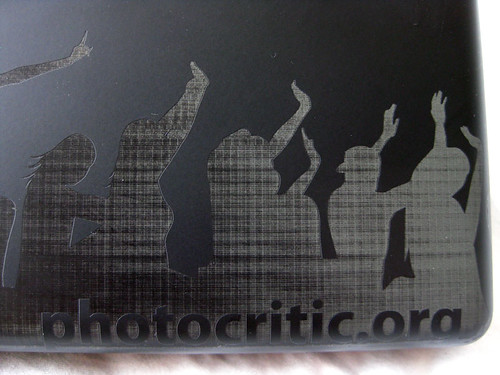


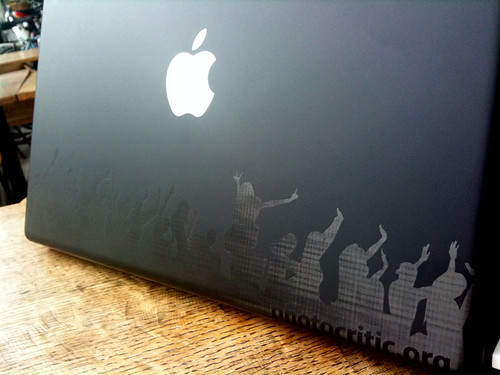




























 By the power of the rather awesome BrightKite, you can keep track of
By the power of the rather awesome BrightKite, you can keep track of 




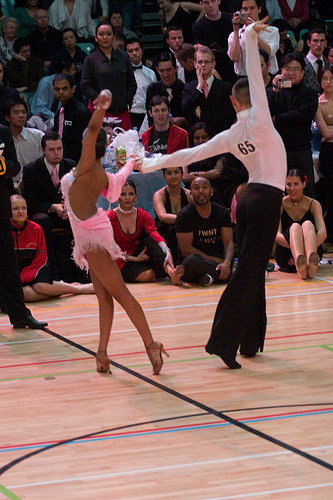






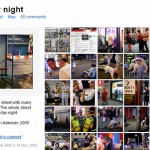
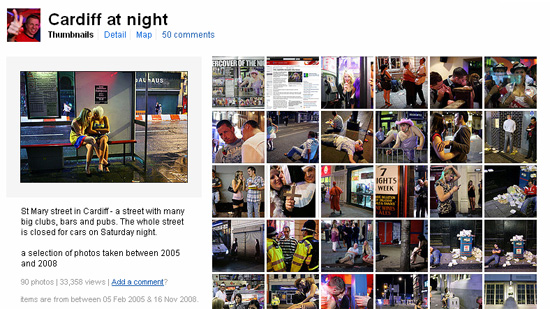
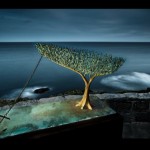
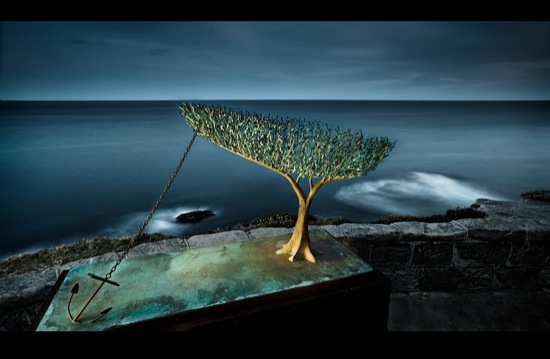
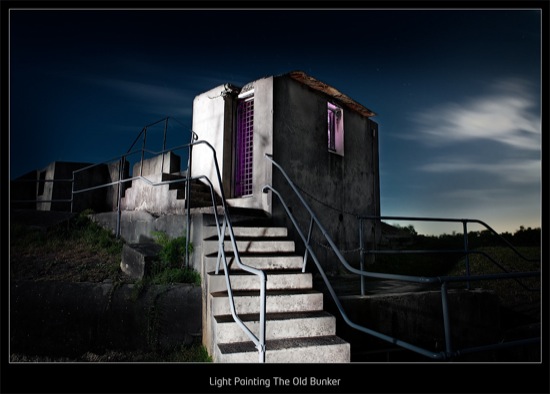
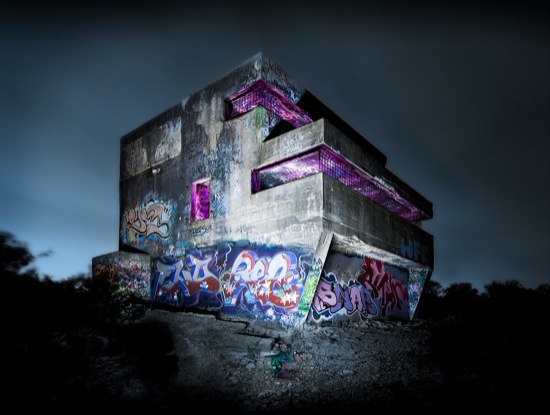

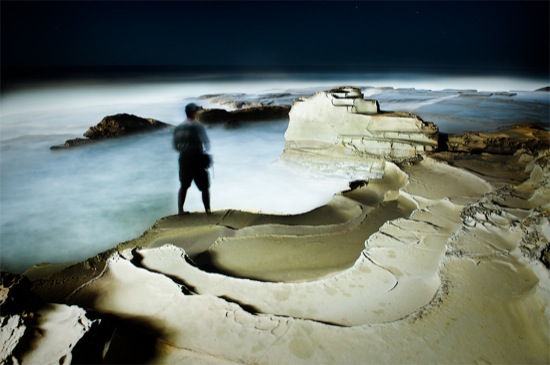
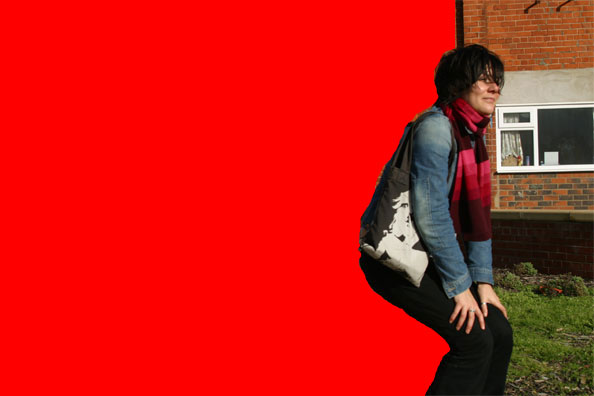
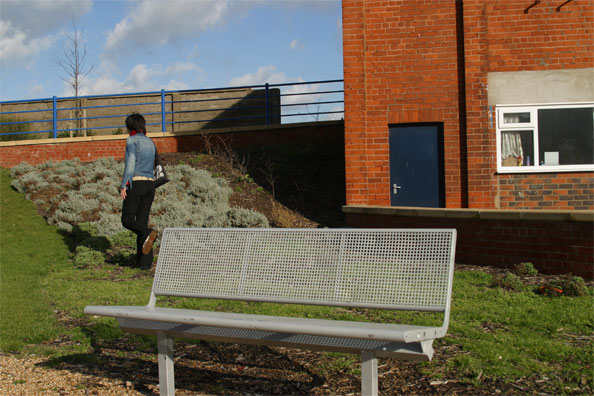
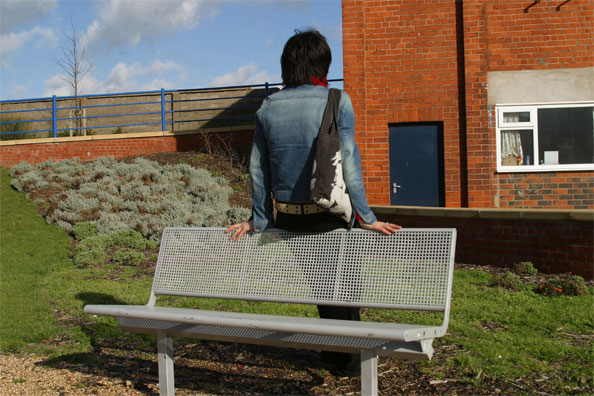
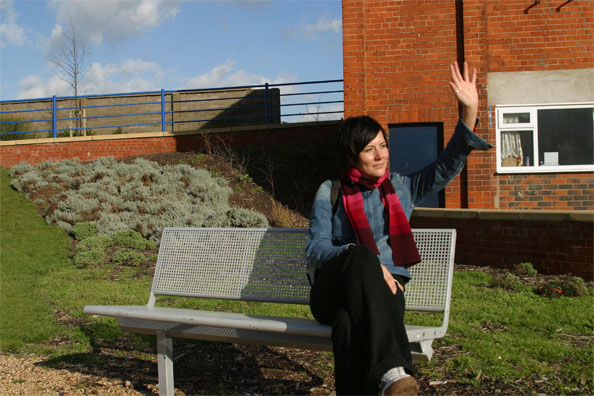
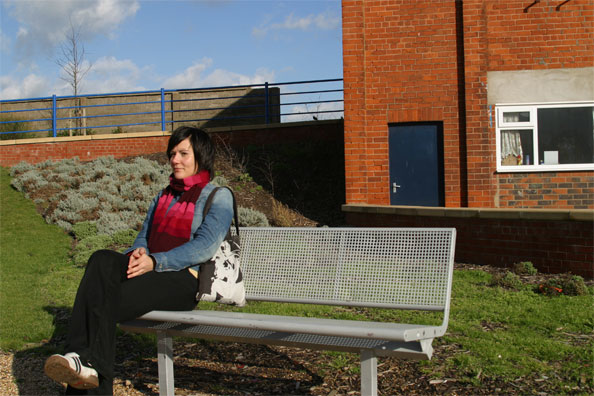
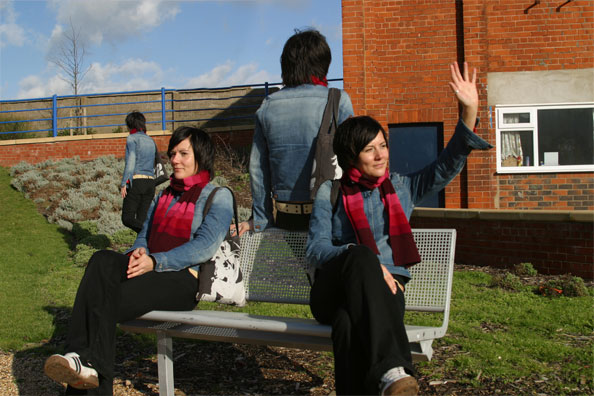
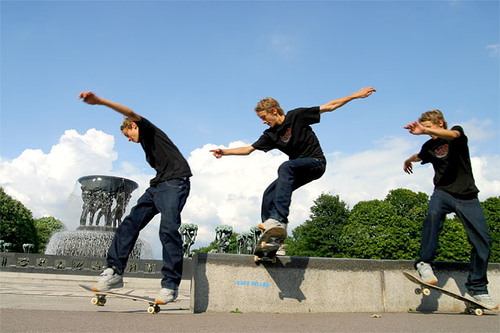
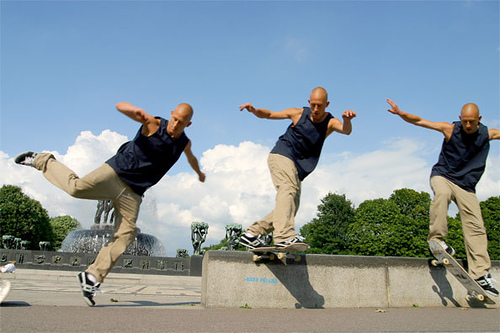
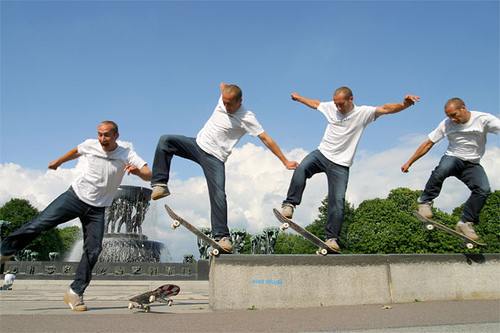
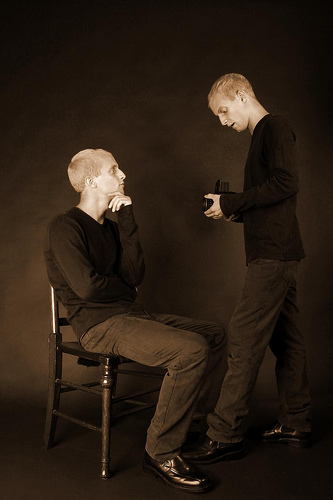
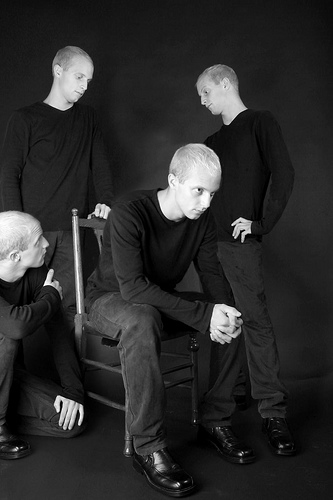

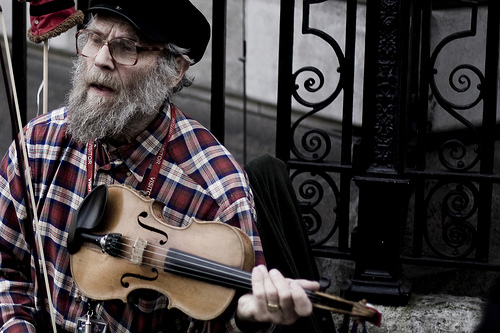
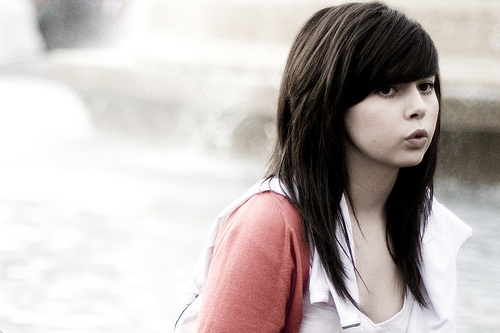
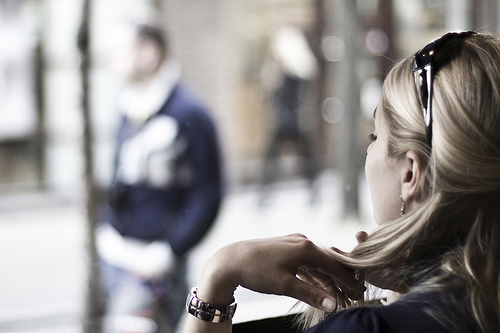
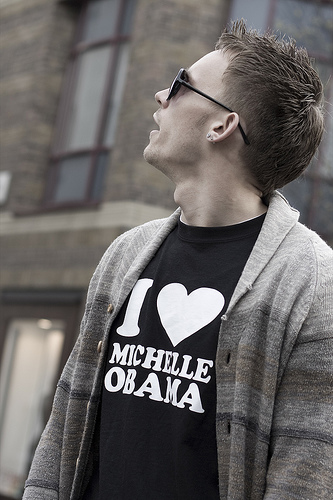
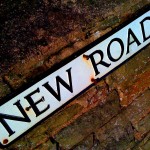
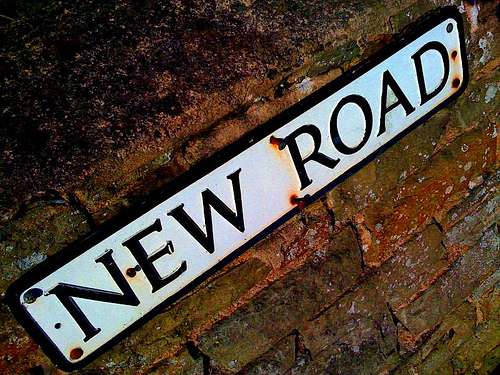
























 5 – Use a Second Photographer
5 – Use a Second Photographer 


